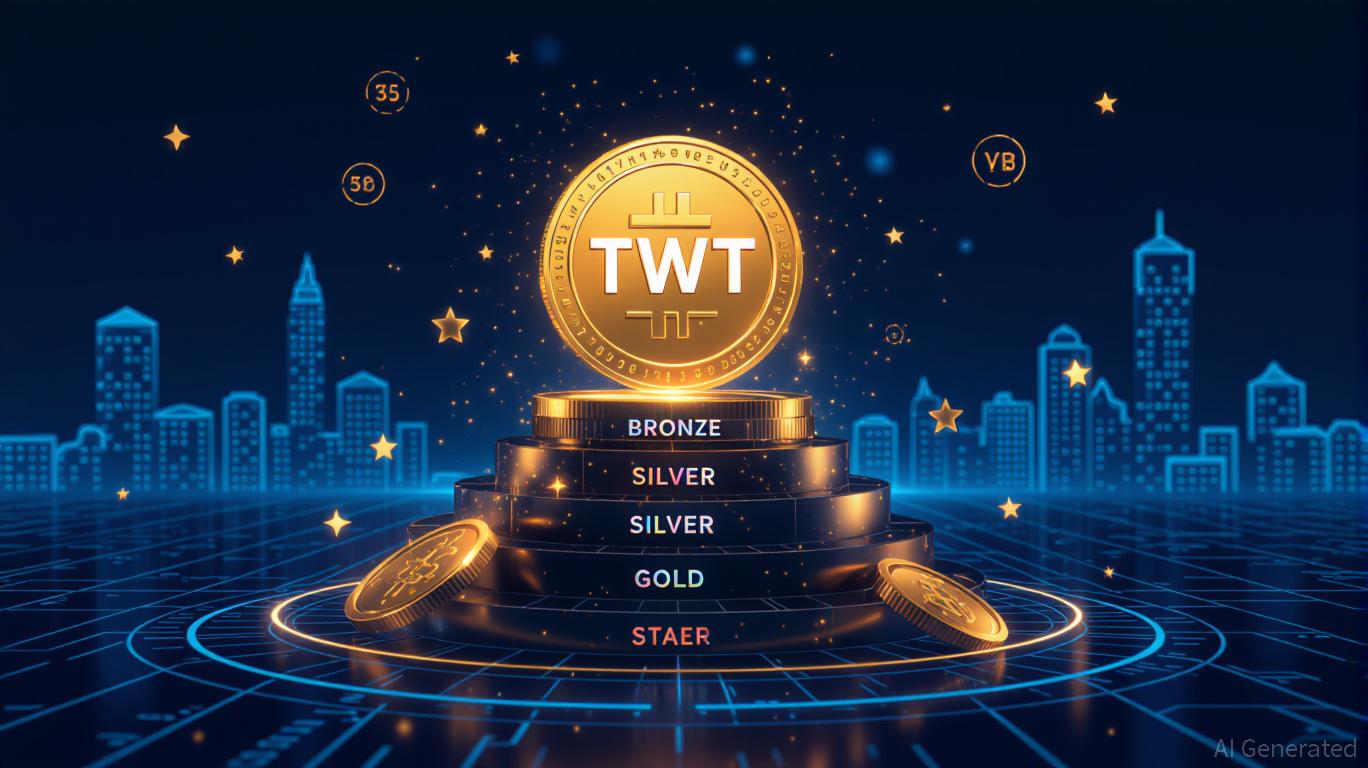Global Liquidity Momentum, Not M2 Supply, Will Trigger the Next Real Crypto Bull Run
Cryptographers CryptoRover posted a graph of X showing how Bitcoin and altcoins respond to year-over-year (YoY) liquidity momentum more than they respond to the total global money supply in M2. The chart on Bitcoin and M2 Growth Global YoY shows that the market has not had a true bull cycle since liquidity growth is still slow.
Crypto, and especially altcoins, responds more to year-over-year liquidity momentum than to just an increase in global M2.
— Crypto Rover (@cryptorover) November 9, 2025
We haven’t seen a true bull market yet, based on year-over-year liquidity. 👇 pic.twitter.com/IZGdcltg3x
The chart includes three key elements, including Bitcoin price (black line), M2 YoY growth (green area), and global M2 supply (blue line). Bitcoin has been increasing significantly in strong periods of M2 expansion, which occurred in 2017 and 20202021, but it has since been stagnant around $70,000 in 2025 with slower liquidity growth. The YoY M2 growth rate that spiked to close to 18% in 2021 has since slowed to 2-6 which indicates less liquidity momentum.
Bitcoin vs. Global Money Supply Trends Chart Insights
Global M2 supply is steadily increasing but at a subdued rate, which means that the conditions are tightening after the pandemic stimulus. These indicators help Rover to justify that crypto is a phenomenon whose success depends on how fast money is printed, rather than the overall amount. The results of the analysis of Rover conform to the macroeconomic theory: the change of the money stock rate (liquidity momentum) affects the speculative assets much more than the total M2 stock.
Historically:
This rally was stimulus-driven 18% up, 2021. The market in 2025 however has very weak momentum and the prices are not rising despite the high cash reserves. The difference is the reason behind the seemingly range-bound Bitcoin and underperforming altcoins. In the absence of the prompt infusion of liquidity, no real bull market can take off.
Implication on the global policy and market
After 2022, monetary policy tightening by central banks all over the world has reduced the increase in liquidity, curbing inflation. Analysts observe that historical data indicate crypto bull market lag by 6-12 months behind M2 growth spikes, and a recovery is only possible should central banks further loosen their policies, potentially in 2026.
The price of Bitcoin has been in constant correlation with the global liquidity growth cycles. Once M2 YoY goes positive and increases, crypto is likely to rise in a year. 20182019: Bear phase was caused by negative liquidity. 20202021: Record bull run was a result of giant stimulus. 20232025 flat liquidity = flat markets and damp sentiment. In case of M2 growth recovery above 810% YoY in the following quarters, analysts think Bitcoin will take a step above $100K and altcoins will follow. Markets can go for as long as 2011 in consolidation.
Further Implications to Investors
The liquidity-sensitive feature of altcoins is more sensitive, considering that they have smaller caps and are speculative. The previous holders of long-term might perceive the current stagnation as stagnation territory preceding the subsequent macro uptrend. The changing of the central bank provisions (e.g. rate reduction or fresh quantitative easing) can jumpstart the pace in a quicker way than anticipated. The analysis by Rover is a reminder that the macro liquidity trends tend to determine the crypto cycles more than the on-chain data and halving events in isolation.
Disclaimer: The content of this article solely reflects the author's opinion and does not represent the platform in any capacity. This article is not intended to serve as a reference for making investment decisions.
You may also like
Decentralized Finance's New Era: Examining TWT's Growth Following Its Addition to Exchanges
- Trust Wallet Token (TWT) shifted from exchange integrations to a loyalty-driven ecosystem via Trust Premium, linking token utility to user engagement tiers (Bronze-Gold). - TWT's price stabilized post-launch, with analysts projecting a $5.13 peak in 2025, driven by cross-chain utility and tiered incentives for long-term holdings. - The model redefines DeFi tokens as functional ecosystem components, prioritizing user retention over speculative trading, aligning with trends like tokenized real-world assets

TWT's Tokenomics 2025: Redefining DeFi Value Capture and Investor Rewards
- Trust Wallet's TWT token shifted from governance to gamified utility via 2025's Trust Premium loyalty program. - Users earn XP through on-chain activities, unlocking tiered rewards like gas discounts and exclusive airdrops. - The model prioritizes ecosystem growth over speculative yields, linking TWT value to user engagement and platform adoption. - By avoiding inflationary rewards and capping benefits, Trust Premium creates sustainable utility while mitigating devaluation risks. - This redefines DeFi to

Aster DEX’s Latest Protocol Enhancement and Liquidity Rewards: Advancing On-Chain Solutions and Optimizing DeFi Capital Utilization
- Aster DEX's 2025 protocol upgrade enables ASTER token holders to use their tokens as 80% margin collateral for leveraged trading, with a 5% fee discount for collateral users. - The upgrade triggered a 30% ASTER price surge and $2B 24-hour trading volume spike, attracting institutional attention including Coinbase's listing roadmap inclusion. - By converting ASTER into a functional collateral asset, the platform enhances capital efficiency while reducing liquidation risks through reduced margin requiremen

Vitalik Buterin's Progress in Zero-Knowledge Technology and the Investment Opportunities within Ethereum's Layer-2 Ecosystem
- Vitalik Buterin prioritizes ZK technologies to optimize Ethereum's post-Merge scalability, targeting modexp precompile replacement for 50% faster ZK-proof generation. - ZKsync's Atlas upgrade enables 15,000+ TPS and near-zero fees by redefining L1-L2 liquidity, positioning ZK-based L2s as Ethereum's infrastructure backbone. - Dencun's "blob" data slashes L2 costs by 98%, driving Base and Arbitrum to surpass Ethereum's base layer in transaction volume and user adoption. - ZK L2s like ZKsync and StarkNet s

